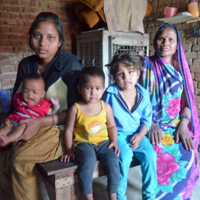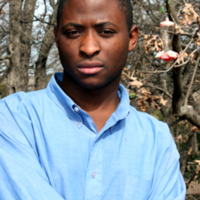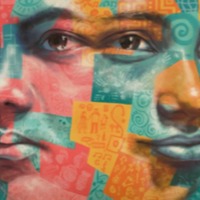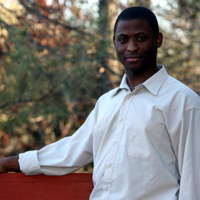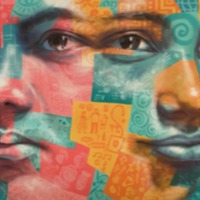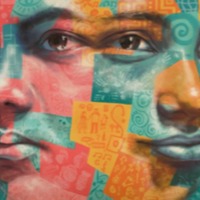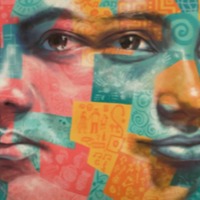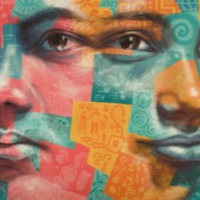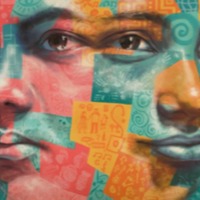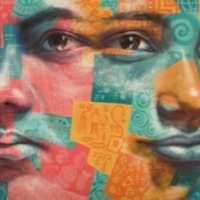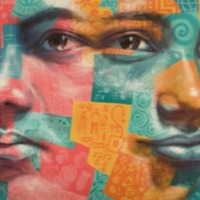
They took me to the house where the cannabis was growing. The trafficker warned me that if I left the building, he would not be responsible for my safety and he could not guarantee that the posted security guards would not kill me. The door to the premises was locked and I did not have a key. The windows were covered. There were other people already in the building. None of them had a key to the door.
There were no beds, mattresses or blankets. I had to sleep in a room with one other person. The space was very cold but the areas where the cannabis was growing were very hot. The only food we had to eat was rice and sauce. There was a toilet, but no shower. We had to boil water in order to wash. There was soap and shampoo but no towels. I dried myself with my own clothes. I felt scared about being locked in the building. I felt imprisoned.
I did not expect to find myself locked inside a cannabis factory. I thought I would be working in a shop or in some other normal job.
As told to the Office of the Special Representative and Co-ordinator for Combating Trafficking in Human Beings
